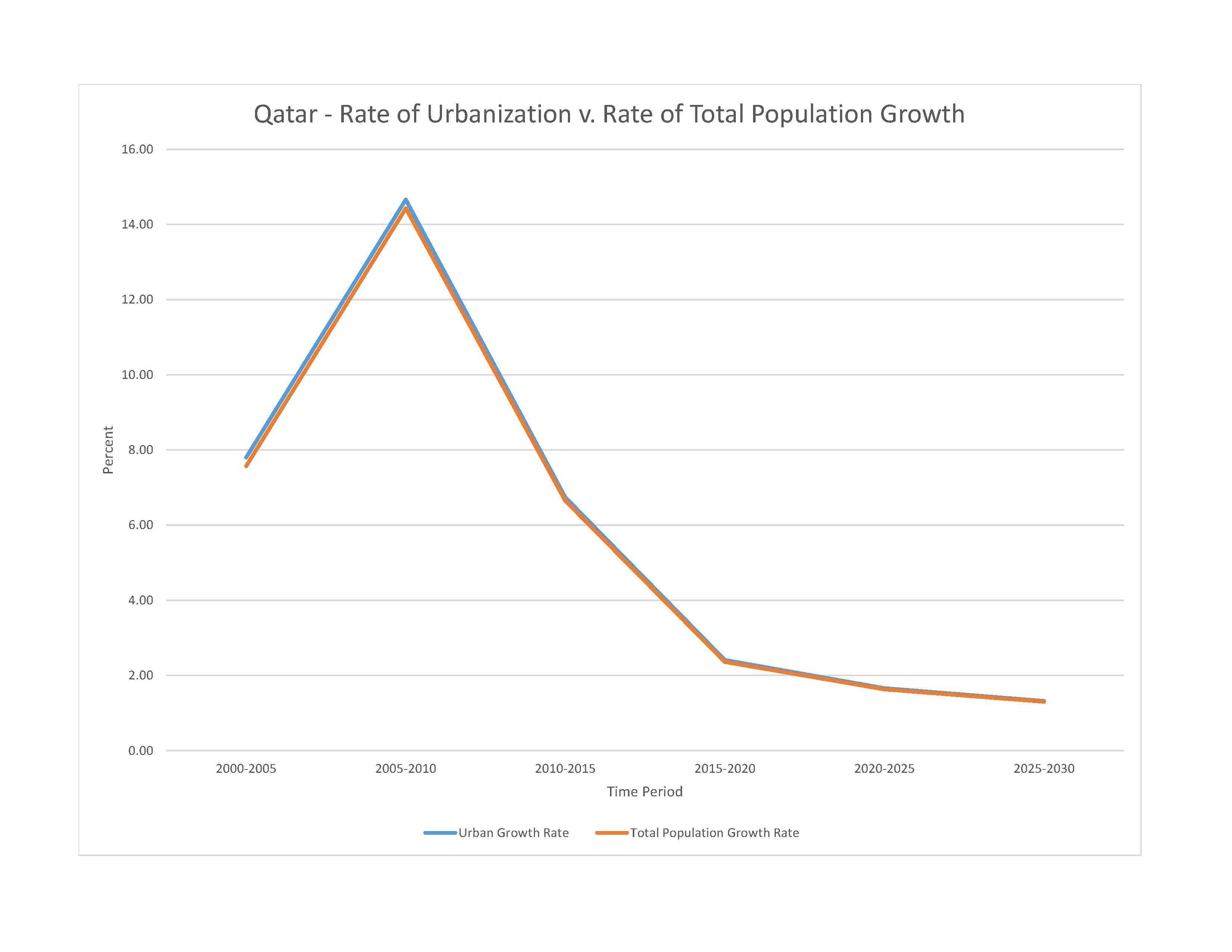
air, land, and water pollution are significant environmental issues; limited natural freshwater resources are increasing dependence on large-scale desalination facilities; other issues include conservation of oil supplies and preservation of the natural wildlife heritage
party to: Biodiversity, Climate Change, Climate Change-Kyoto Protocol, Comprehensive Nuclear Test Ban, Desertification, Endangered Species, Hazardous Wastes, Law of the Sea, Ozone Layer Protection, Ship Pollution
signed, but not ratified: none of the selected agreements
arid; mild, pleasant winters; very hot, humid summers
agricultural land: 5.6% (2018 est.)
arable land: 1.1% (2018 est.)
permanent crops: 0.2% (2018 est.)
permanent pasture: 4.3% (2018 est.)
forest: 0% (2018 est.)
other: 94.4% (2018 est.)
urban population: 99.4% of total population (2023)
rate of urbanization: 1.66% annual rate of change (2020-25 est.)

0% of GDP (2018 est.)
0% of GDP (2018 est.)
particulate matter emissions: 59.04 micrograms per cubic meter (2019 est.)
carbon dioxide emissions: 103.26 megatons (2016 est.)
methane emissions: 8.34 megatons (2020 est.)
municipal solid waste generated annually: 1,000,990 tons (2012 est.)
municipal solid waste recycled annually: 30,030 tons (2014 est.)
percent of municipal solid waste recycled: 3% (2014 est.)
Arabian Aquifer System
municipal: 530 million cubic meters (2020 est.)
industrial: 400 million cubic meters (2020 est.)
agricultural: 320 million cubic meters (2020 est.)
60 million cubic meters (2020 est.)
NOTE: The information regarding Qatar on this page is re-published from the 2024 World Fact Book of the United States Central Intelligence Agency and other sources. No claims are made regarding the accuracy of Qatar 2024 information contained here. All suggestions for corrections of any errors about Qatar 2024 should be addressed to the CIA or the source cited on each page.
This page was last modified 04 May 24, Copyright © 2024 ITA all rights reserved.